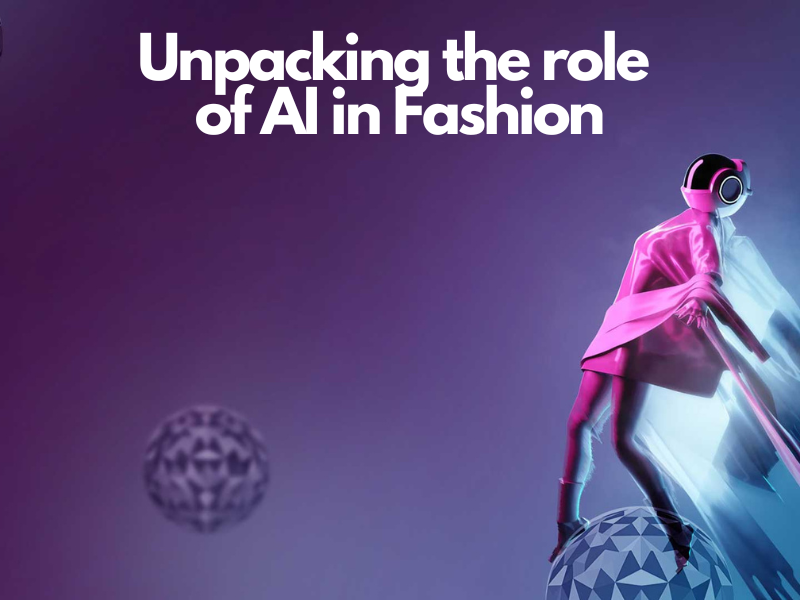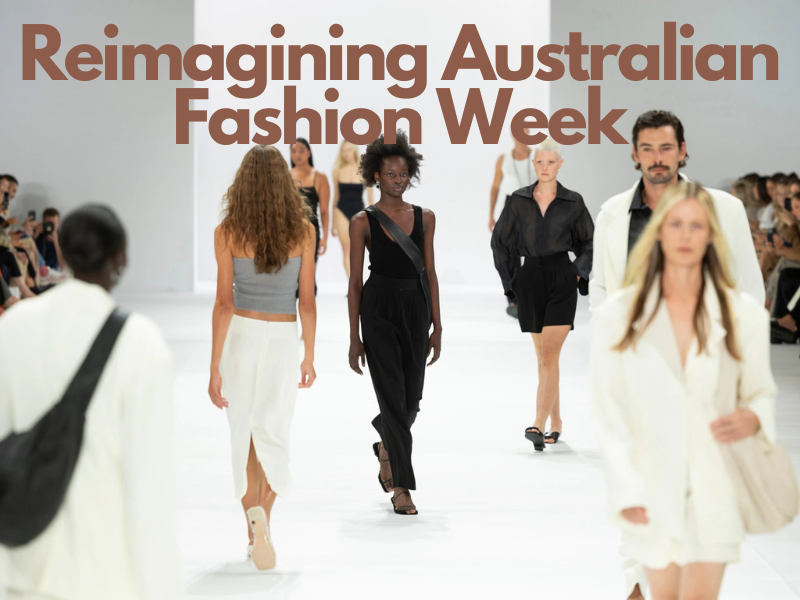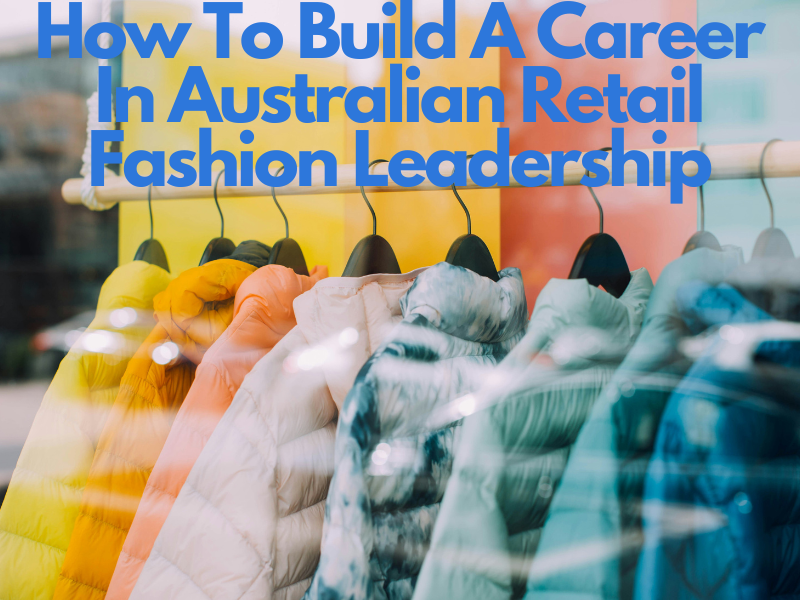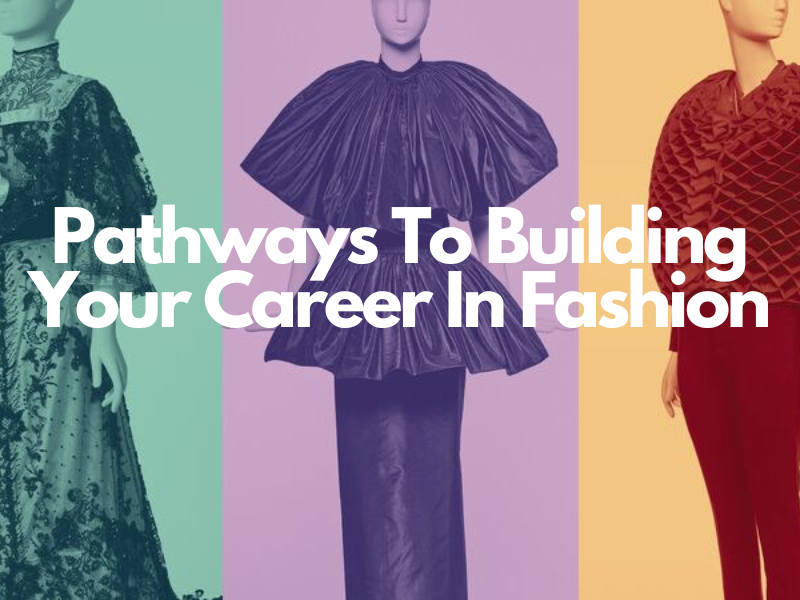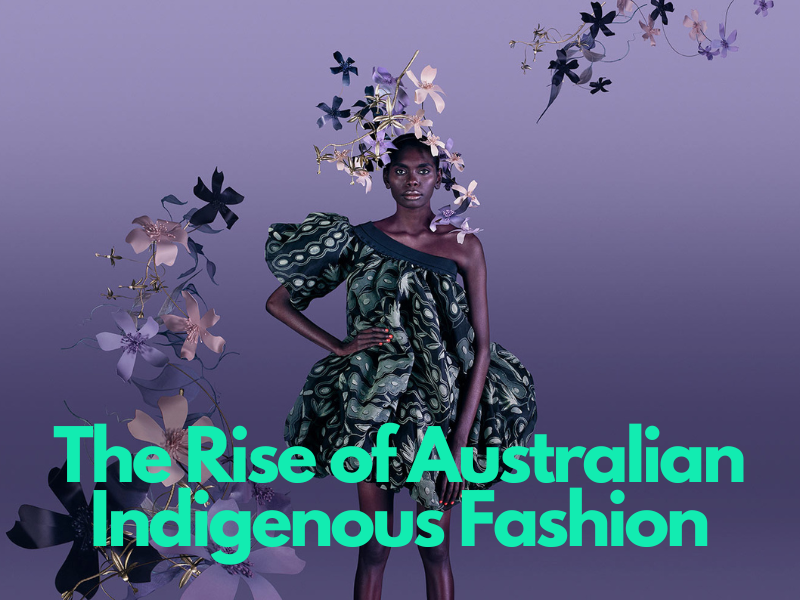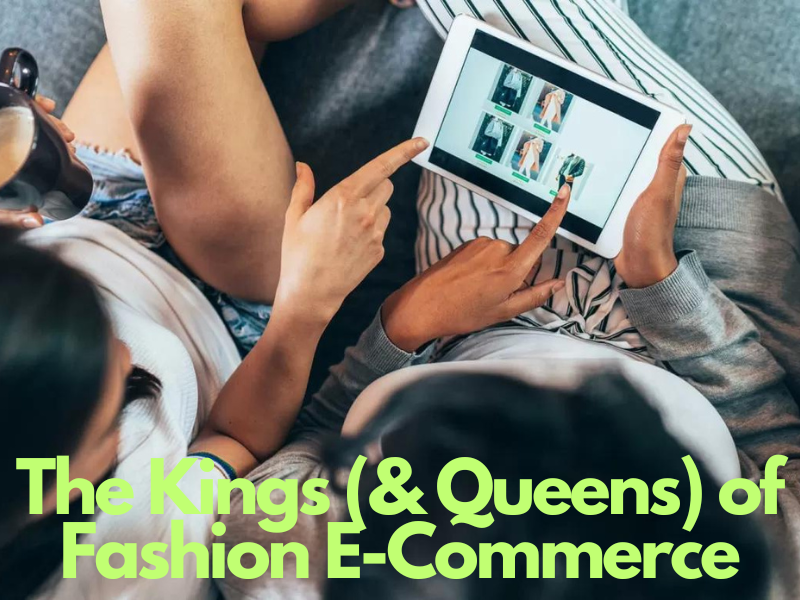What is adaptive fashion and why is it so important?
One of our basic human needs—besides food, shelter, and security—is clothing. Clothing is a part of every person’s daily life and when you have a disability that limits your physical movement; choices for what you wear can become severely restricted. While the term ‘inclusivity’ is discussed in fashion circles, it mostly relates to size inclusivity of going beyond the standard offering of sizes 6-14.
Despite the approx. $490 billion spending power within the disabled population, the move toward adaptive fashion has been slow. Historically disabled consumers had to make the choice between comfort and fashion, but there are a few companies leading the way in adaptive fashion:
Co-founded by Meredith Aleigha Wells, Social Surge is a universally designed apparel brand that is rooted in the core belief that all people are more alike than different. The brand initially started with extended sizing but thought - why stop there? They launched the idea to create universal, inclusive styles that blend accessibility and fashion together to make getting dressed easier.
Founded by Stephanie Thomas, Cur8able is a Disability Fashion Styling system whose mission is to fight ableism with fashion choice while being good to people and good to the planet. They make it a priority to celebrate often overlooked, disabled-style icons with their #WeCYou social media initiative.
JAM is an inclusive fashion label designed specifically for people with a disability. It was founded in 2019 by Emma Clegg and Molly Rogers, two Occupational Therapists / Disability Support Workers with over 14 years of collective experience in the disability sector. Emma and Molly are incredibly passionate about the inclusion of people with disabilities and increasing their independence and self-expression.
JAM encompasses universal design principles to create products that make the task of dressing easier or makes the items more comfortable for people to wear.
Some of the adaptive fashion features include:
Shorter Back
To prevent fabric bunching for people in wheelchairs
Fully zippable sleeves/sides
By having the sides of the Jacket fully zippable, customers don’t have to struggle to get Jacket sleeves over their hands and arms.
Velcro Wrists
This allows the wrists to be tightened so hands don't go missing in big sleeve openings.
Tagless
The Jackets don’t have tags at the back of the neck. This supports customers with sensory issues.
Would you like to hear more about some local labels making their mark with innovation fashion solutions? Book an appointment to speak with Janine, Amy & Natalie on 9654 5988
